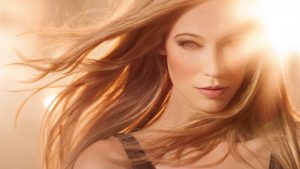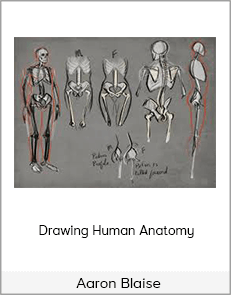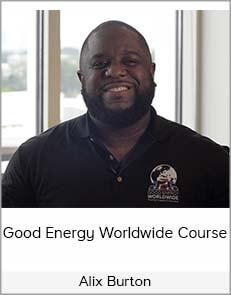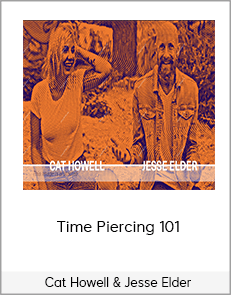Dixie Dixon’s – Fashion Lighting Tips
$42.00$129.00 (-67%)
Flattery will get you everywhere: In fashion photography, you’re trying to capture the beauty of your subject and their wardrobe, which means you need the most flattering light possible. If possible, says Dixie, avoid side-lighting, which can highlight uneven skin or other imperfections.
Dixie Dixon’s – Fashion Lighting Tips
Check it out: Dixie Dixon’s – Fashion Lighting Tips
Some people are afraid of the dark — while others – like photographers – are more afraid of the light.
“I called myself a ‘natural-light shooter’ for two years because I was so intimated by lighting,” says Texas-based fashion and lifestyle photographer Dixie Dixon, who’s shot for Nikon, Virgin, and Professional Photographers Magazine.
Now, though, there are more than a few techniques that she’s mastered. Here are just a few:
Flattery will get you everywhere: In fashion photography, you’re trying to capture the beauty of your subject and their wardrobe, which means you need the most flattering light possible. If possible, says Dixie, avoid side-lighting, which can highlight uneven skin or other imperfections. Direct lighting is more forgiving. You may also opt to over-expose a little, to “take out some of the texture.”
The bigger the source, the better: “The bigger the light source, the softer it’ll be, ” says Dixie, which is why she prefers using natural light (what’s bigger than the sun?). But if the weather or the lighting on location isn’t ideal, utilize a light diffuser to a large, all-over reflector.
Embrace the mood: An overcast day? That might be perfect for your client — but you won’t know until you get there. “Bring all the gear you have,” says Dixie, even if you don’t end up using it all. It’s better to be over-prepared than under.
Consider a light meter: “I do!” says Dixie, in response to the age-old “do you or don’t you” question about light metering. Dixie, who says she’s “so not technical,” doesn’t always play by the light meter’s rules, but appreciates that “it gives you a basic starting point.”
Use the time when you have it: “Usually, hair and makeup takes two hours, so you have that two hours to set up all the lights,” Dixie advises. Don’t squander downtime on the set — use it to play around with lighting and figure out what you want out of the shoot.
Add a hair-light: One or two daylight-balanced constant lights, held over the subject’s head by an off-camera assistant, can add an overall glow that looks radiant and adds more depth to headshots.
Know that you don’t know everything: “When you’re shooting and getting started in photography, stuff happens that you can’t quite plan,” says Dixie. What’s the best thing you can do? Come prepared, roll with it, and don’t be afraid to make on-the-spot lighting decisions based on the ambience and what you have on-hand. And if it’s not perfect this time? You’ll do better next time.

























